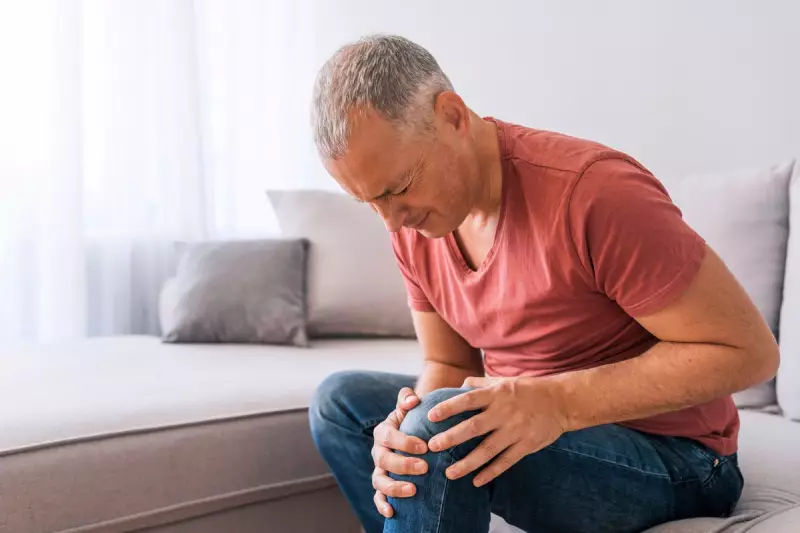
Millions of Britons suffering from osteoarthritis may find significant relief through a surprisingly simple approach: targeted exercise. Contrary to common fears that physical activity might worsen joint pain, new evidence suggests it could be the most effective weapon against this debilitating condition.
The Exercise Revolution in Arthritis Management
Osteoarthritis, affecting over 8.75 million people in the UK alone, has long been considered an inevitable part of ageing. However, groundbreaking research is challenging traditional approaches to treatment, placing exercise at the forefront of effective management strategies.
Why Movement Matters More Than Medication
Regular, carefully chosen physical activity strengthens the muscles surrounding affected joints, providing better support and reducing pressure on the joints themselves. This natural approach not only alleviates pain but also improves flexibility and mobility, helping sufferers maintain their independence and quality of life.
Recommended Exercises for Joint Health
- Low-impact aerobic activities: Swimming, cycling and walking gently work joints without excessive strain
- Strength training: Building muscle around affected joints provides crucial support
- Flexibility exercises: Gentle stretching maintains range of motion and reduces stiffness
- Balance work: Improves stability and reduces fall risk
Beyond Pain Relief: The Comprehensive Benefits
The advantages of exercise extend far beyond simple pain reduction. Regular physical activity can help manage weight, reducing stress on weight-bearing joints like hips and knees. It also boosts mental health, combating the depression and anxiety that often accompany chronic pain conditions.
Getting Started Safely
Medical professionals emphasise the importance of starting slowly and seeking guidance. "The key is finding the right balance between activity and rest," explains leading rheumatologist Dr. Sarah Chen. "We're not talking about running marathons – even gentle, regular movement can make a dramatic difference."
For those living with osteoarthritis, this new understanding offers hope. Rather than resigning themselves to progressive pain and limited mobility, patients can take active control of their condition through scientifically-backed exercise programmes tailored to their individual needs and capabilities.





